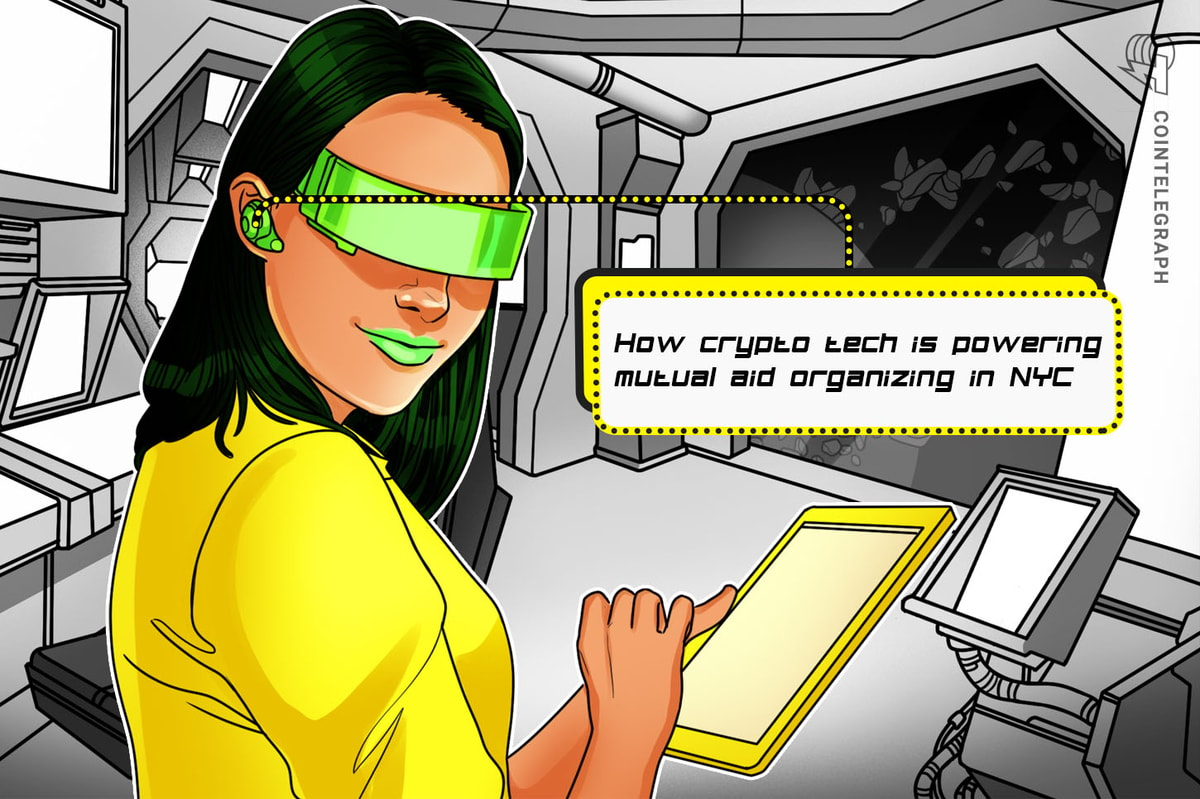The efforts of many charities organizations are often hampered by the red tape of bureaucracy, and the presence of hierarchical structures within these organizations can complicate matters even further.
To bypass this inefficient rigamarole, PactDAO co-founder Marisa Rando suggests that those aiming to distribute aid focus on being “active” as this is the root word in the term “activism.” Rando hinted that the presence of hierarchical structures within charitable organizations leads to bias in the distribution of aid, whereas adopting a fully decentralized model encourages activism from givers and recipients.
This results in the foundation of stronger communities and more objectivity and fairness in the selection and distribution of aid. This is the true intent of mutual aid and grassroots activism.
On Episode 11 of The Agenda, hosts Jonathan DeYoung and Ray Salmond were joined by PactDAO co-founder Marisa Rando, who discussed the key differences between charity and mutual aid, along with several of the initiatives being spearheaded by PactDAO.
When skepticism turns to optimism
Initially, Rando and others at PactDAO were generally skeptical about cryptocurrency, but after a year of successfully fundraising and connecting NYC residents with various mutual aid organizations, a few members began to explore more efficient ways to democratically run the organization and distribute aid.
Recurring challenges with trying to establish a multisig bank account eventually led to PactDAO exploring the components of Web3.
Rando said:
“We had been kind of like talking to lawyers and talking to accountants and trying to design what we would later find out is like a multi-sig. We were like, how do we create this bank account in which like, you know, multiple groups can be involved in it? But, you know, there’s guardrails. There’s a democracy built into it, and I remember explaining this to a friend and they were like, this is what I’ve been talking to you about. This is like this crypto stuff. This is like what our DAO runs on. It’s called a multi-signature wallet. And I was like, I don’t know, I don’t want to hear about any of this crypto stuff.”
Fortunately, the group’s views on crypto, Web3 and NFTs changed after Rando connected with “some like minded people in this space, people who I’m close friends with now and have become good mentors and partners and people that I work with.”
Related: DAOs can become a disaster more quickly than you think
DOAs democratize activism and the distribution of aid
When asked about the reasons for transforming Pact Collective into a DAO, Rando said:
“Back to when we just called ourselves Pact Collective. We were like, what does this collective mean? We were running our subscription service, for example, we used to do these monthly email newsletters and we would put surveys in there and had this like close friends group on Instagram. That was how we stayed in touch with people who were donating. And we would ask them like, hey, help us decide which organization to give to next month, or you know, what do you think we should take on next?”
According to Rando, the structure and function of a DAO allows for more organic input and participation from members, which in her view is a net positive since members “are the most equipped to make those decisions.”
To hear more from Rando’s conversation with The Agenda — including PactDAO’s current initiatives, goals for 2023 and the current status of mutual aid collectives — listen to the full episode on Cointelegraph’s Podcasts page, Apple Podcasts or Spotify. And don’t forget to check out Cointelegraph’s full lineup of other shows!
Magazine: Building community resilience to crises through mutual aid and Web3
This article is for general information purposes and is not intended to be and should not be taken as legal or investment advice. The views, thoughts, and opinions expressed here are the author’s alone and do not necessarily reflect or represent the views and opinions of Cointelegraph.



